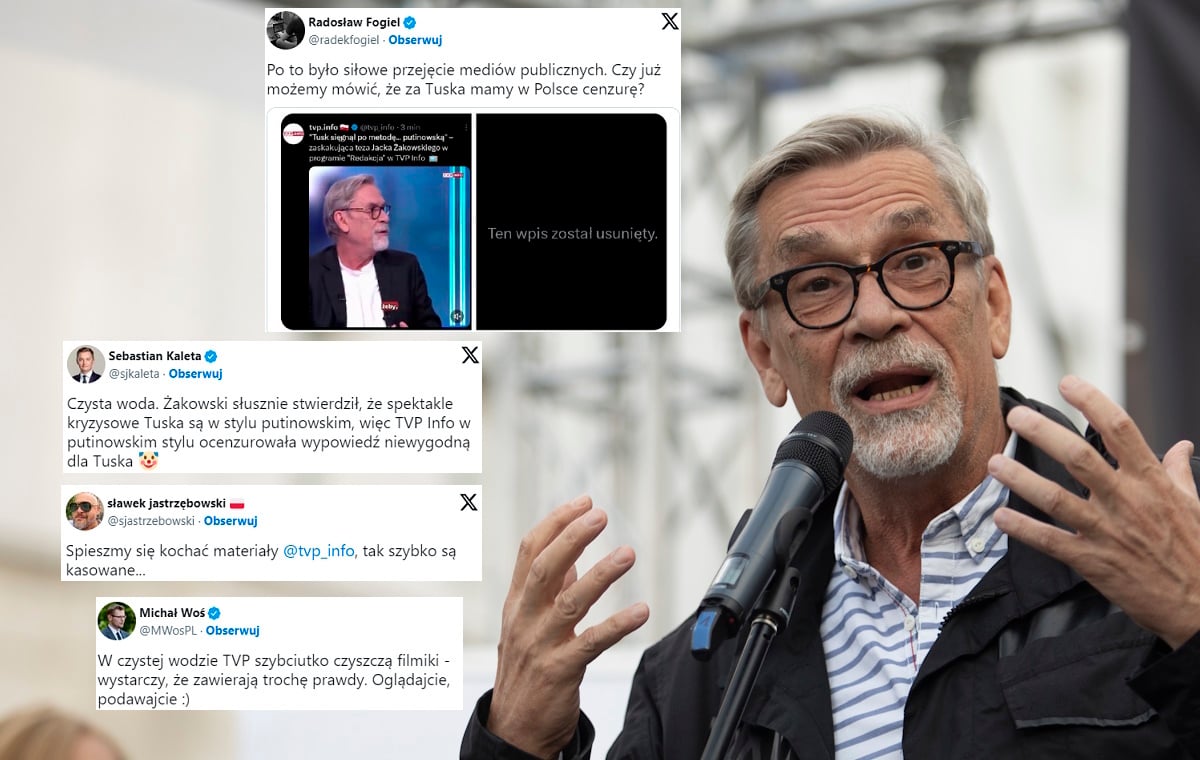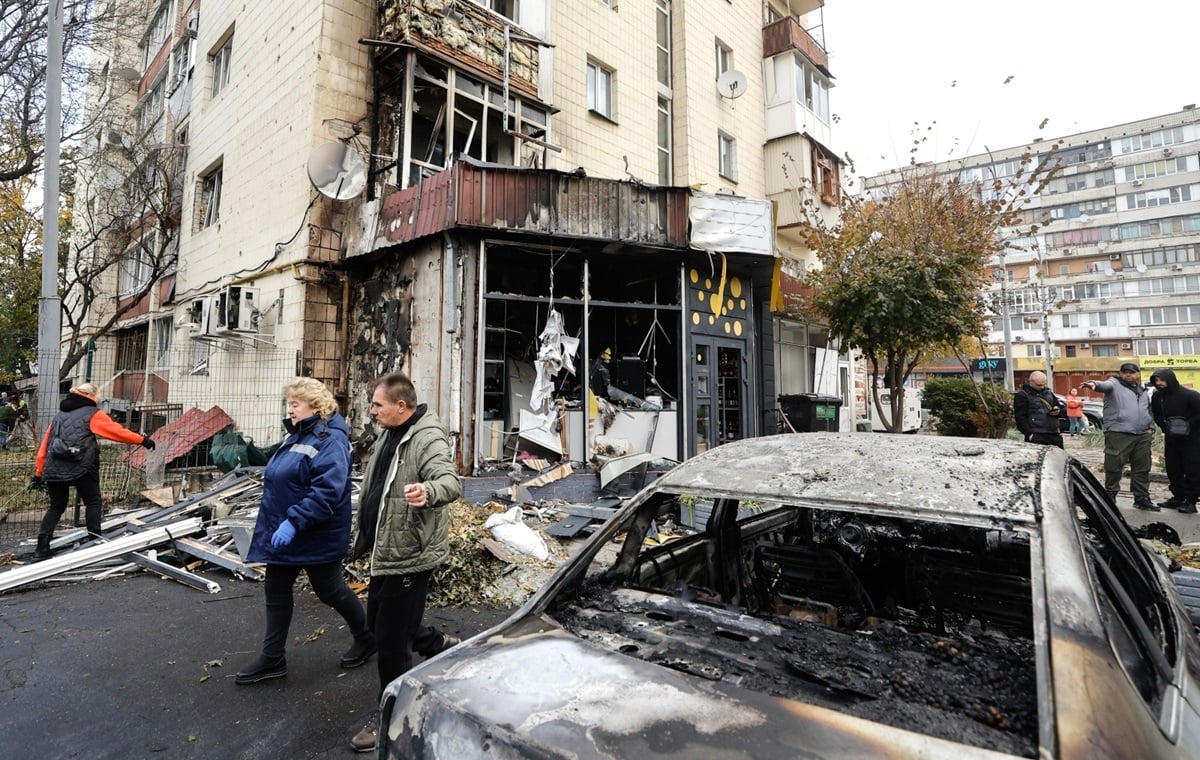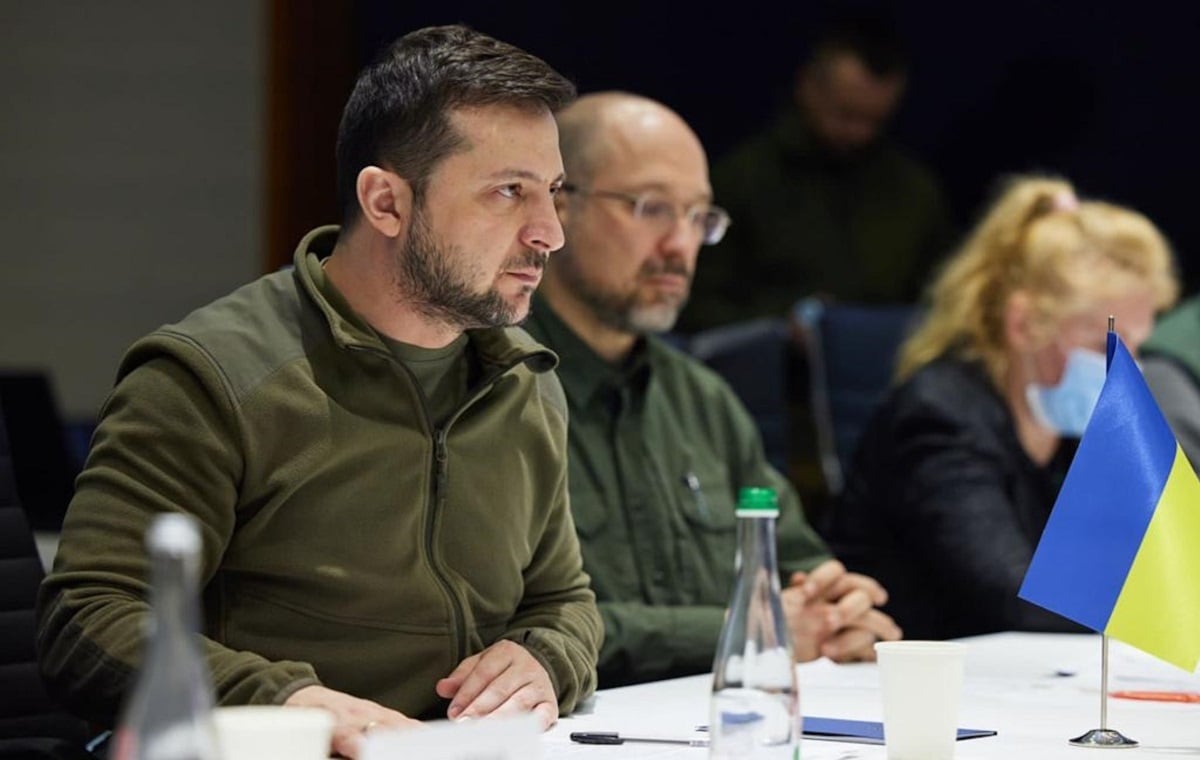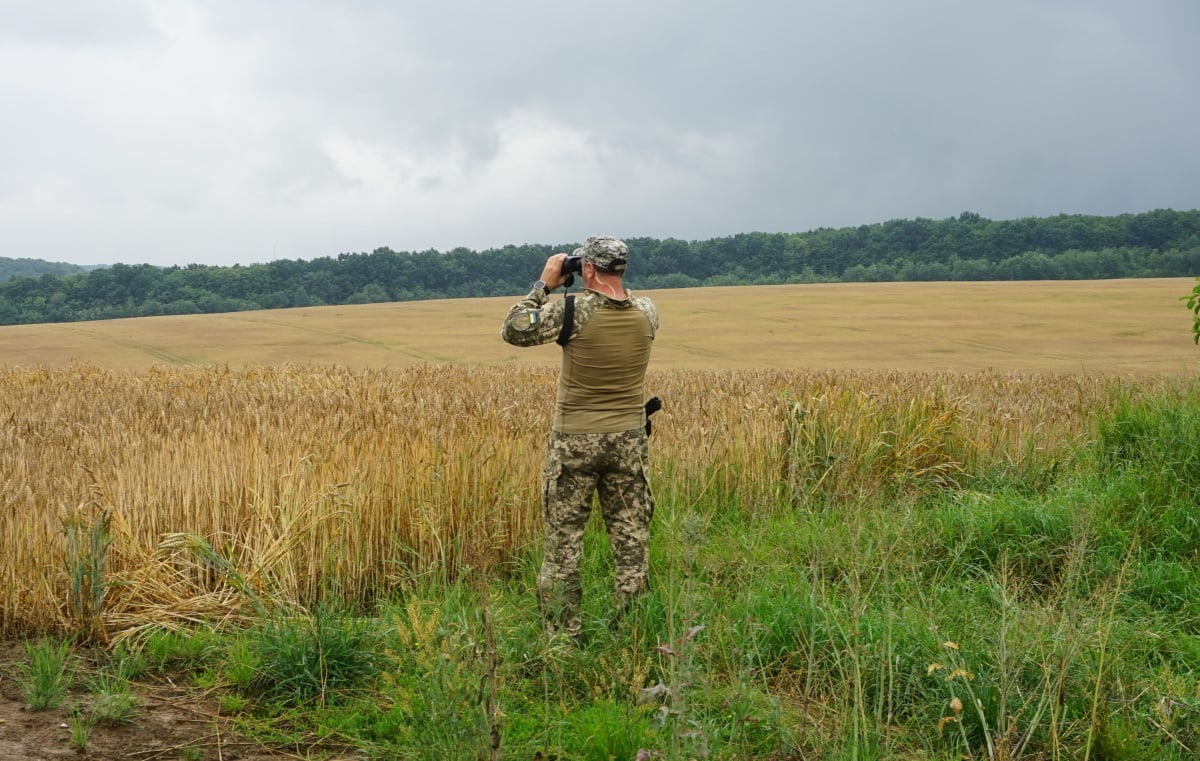There are 33 graves, residences and mass graves of Soviet soldiers and ten monuments in Pomerania. After Russia’s aggression against Ukraine, more and more votes are being put to removing monuments and red stars on graves. However, changing the symbolism and removing the monument was not easy. The function of war graves is regulated by international treaties.
Recently, more and more voices have emerged in public spaces to remove the red star from war graves, as well as monuments dedicated to Soviet soldiers.
The function of the grave and the symbols on it (such as the red star) are regulated by international treaties. As we found at the Pomeranian Provincial Office in Gdask, a decision on changing the cemetery may require action from the Ministry of Foreign Affairs and the Ministry of Culture.
Recently, the PUW in Gdask officially received two inquiries from the local governments of ukowo and Tczew about the removal of monuments associated with the Soviet army.
“We respect the graves and the people who rest on them, but commemorating the figures of Soviet soldiers is inappropriate. Unfortunately, the problem is that the so-called +Ivan+ monument is part of the grave plot, and we cannot take any action on the graves. without voivode consent” – said the mayor of Zhukov Wojciech Kankowski.
The city government has started the procedure of separating the plot from the monument.
Also in Tczew, this monument is also a mass grave of Soviet soldiers. For now, the two monuments, at Tczew and ukowo, remain hidden.
In Gdańsk, the last of the three Soviet tank monuments is also controversial. The Soviet T-34 is located at al. Win. His story, however, is not emphatic; in 1945 he served in the Heroes’ 1st Armored Brigade Westerplatte. According to historical sources, the Polish army was the first to enter Gdynia in March 1945.
They appealed to the Gdask authorities to move the tanks, incl. Karol Rabenda, deputy minister of state assets, member of the city council of PiS and the Foundation “Connecting us Poland”. PO board members postulated to leave the tank and added boards explaining its historical context.
“We are of the opinion that the recommendation to relocate tanks in the first place should belong to the community of World War II veterans, therefore we are consulting with the Gdask veterans organization on this issue. The voice of the last participant of the struggle for freedom in 1939-1945 who lived in Gdańsk should be treated as a key voice in making the final decision “- wrote Piotr Grzelak, deputy mayor of Gdańsk, in response to the interpellation of councilor Przemysław Malak.
Gdańsk sought their opinion from 14 veterans’ organizations. 11 of them unanimously decided that the tank should remain in its current position. On Wednesday, April 13 this year. The city of Gdask officially announced that the “tank remains”.
Two other tank monuments have been moved earlier. The T-34 from Westerplatte arrived there in 1962. It was stationed near the “Fortress” post on the site of the cross dedicated to the defenders. The exhibition, which has nothing to do with the defense of the former Military Transit Depot, was transferred in 2007 by Marian Kwapiński, Conservator of Monuments of the Pomeranian Province, to the Lubuskie Military Museum in Drzonów. Previously, in 1991, the T-34 tank standing at Targ Rakowy was removed.
In early March, the president of the National Memorial Institute, Dr. Karol Nawrocki, called for the removal of names and symbols that promote communism from the public sphere.
“I appeal to local governments to remove from public spaces all names and symbols that still commemorate people, organizations, events or dates that symbolize communism. It is time to catch up in this area. The National Memorial Service helped verify the names. streets, squares, etc. In this place, let’s commemorate true Heroes with dignity. Let it be clear: in the Polish public sphere there is no place for any warnings of the totalitarian communist regime and those who served it “- wrote Karol Nawrocki in the official position of the National Memorial Institute.
According to the press spokesman for the Gdask branch of the National Memorial Institute, Dr. Jan Hlebowicz, verification of all remaining monuments commemorating the Red Army in the Pomeranian Province is currently underway. The IPN Gdańsk Branch Office for the Commemoration of the Struggle and Martyrs of the National Memorial Institute sent a preliminary list of these places to the IPN Headquarters in Warsaw.

“Reader. Future teen idol. Falls down a lot. Amateur communicator. Incurable student.”


![Bogusław Wołoszański: “Achieving nuclear weapons would be the beginning of World War III” [WYWIAD]](https://storage.googleapis.com/bieszczady/rzeszow24/articles/image/877236c0-66fd-457a-9eb4-41792f9077ff)




